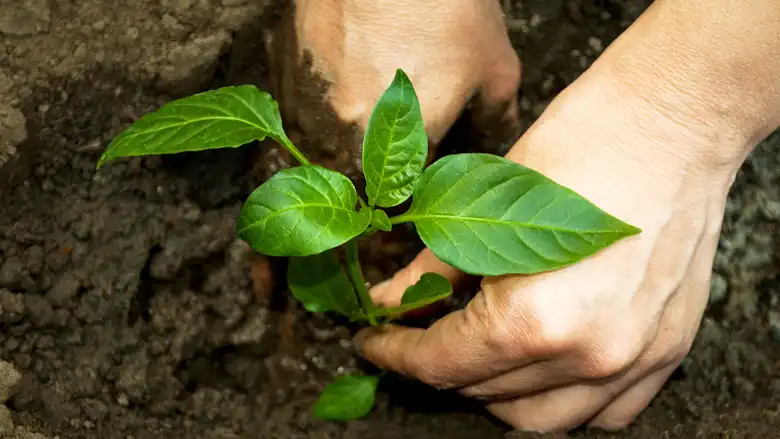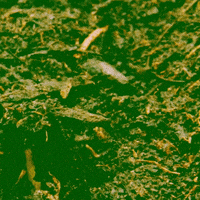Hi folks, wondering if someone might have an idea why a load of my seedlings seem to not be able to hold their heads up?
For info, all planted on January 31st, sprouted between February 4th and 8th (pretty quick, I reckon), humidity dome removed on 11th, and since then they have had a light about two inches above them for 12 hours daily, and a weak breeze from a fan for about 2 - 3 hours daily. Still sitting on the heating mat, so soil is at 28°C.
All looked fine until a couple of days ago, when they started dropping
 .
.
For info, all planted on January 31st, sprouted between February 4th and 8th (pretty quick, I reckon), humidity dome removed on 11th, and since then they have had a light about two inches above them for 12 hours daily, and a weak breeze from a fan for about 2 - 3 hours daily. Still sitting on the heating mat, so soil is at 28°C.
All looked fine until a couple of days ago, when they started dropping



 . My head hurts - I reckon it's time for bed over in good old Germany
. My head hurts - I reckon it's time for bed over in good old Germany 






